Interview with India's latest GM: Swapnil Dhopade (2/2)
In the first part of our interview with India's 40th grandmaster, GM Swapnil Dhopade talked about his journey to the coveted title. In this second part, Swapnil talks about his approach to chess, how he works on his game and the importance of not thinking about rating. The interview also has a special video-lesson on positional play for our dear readers! Packed with useful tips and insightful comments, this interview is a must-read for every chessplayer and fan.
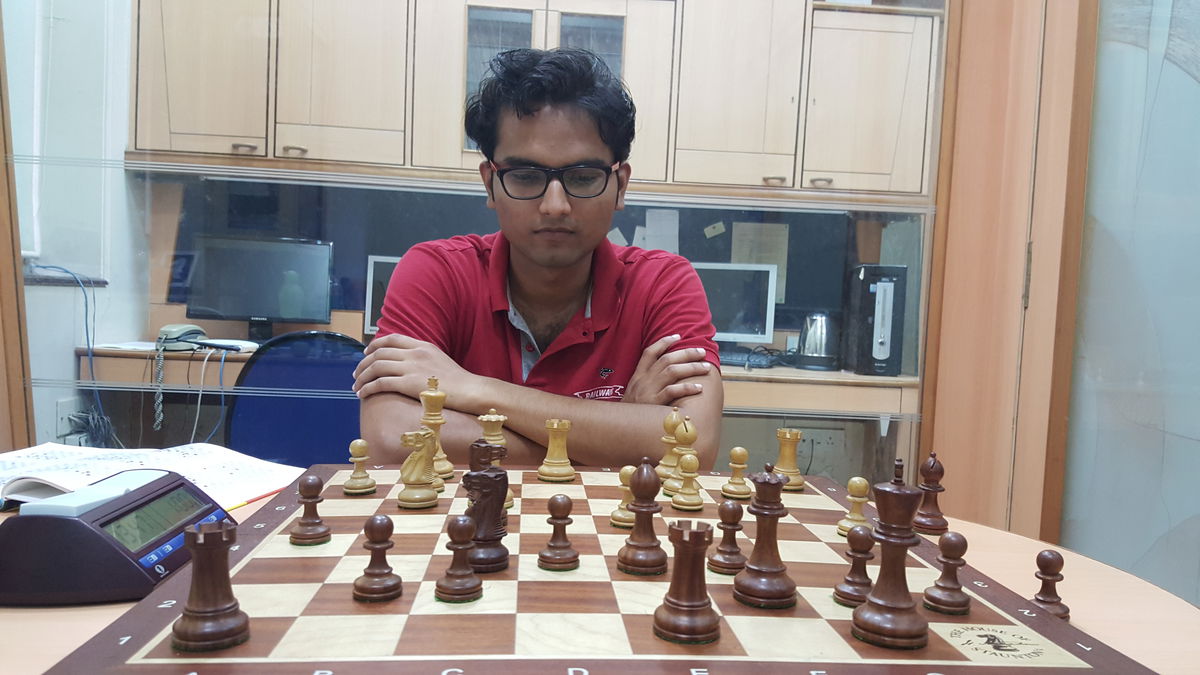
SS: We all know how much you had to work hard and struggle for becoming an IM to GM. What could you have done better in order to reach your grandmaster title sooner?
SD: Firstly, I think it took me some years to take my level to the next stage. I was always revolving around 2400-2450, beating GMs occasionally, but the consistency required for a GM norm was not there. I think that back in those days, I had problems with my calculation. I wasn’t sure how to improve and which book to refer for improving on that. Then someone told me to work on Jacob Aagaard’s book 'Calculation'. I was determined to improve so I kept all the opening books aside and focused entirely on that book. I used to keep positions on the board and take around 20 minutes for each position and solve it. I must say that the positions in the book were very tough for me and also quite frustrating sometimes, when I wasn’t able to solve many of the positions. But I think the process of solving those positions seriously improved my skills in calculation. I started feeling confident in handling any position over the board. The results came quickly. I scored my three GM norms in quick succession.
After scoring my norms I was pretty relaxed and thought that crossing 2500 was just a matter of time. I didn’t devote as much time to chess as I used to, before scoring my GM norms. This was a huge blunder. It took some time for me to realize my mistake but when I did, I decided that no matter how much I achieve in chess, I will always keep working with the same intensity.
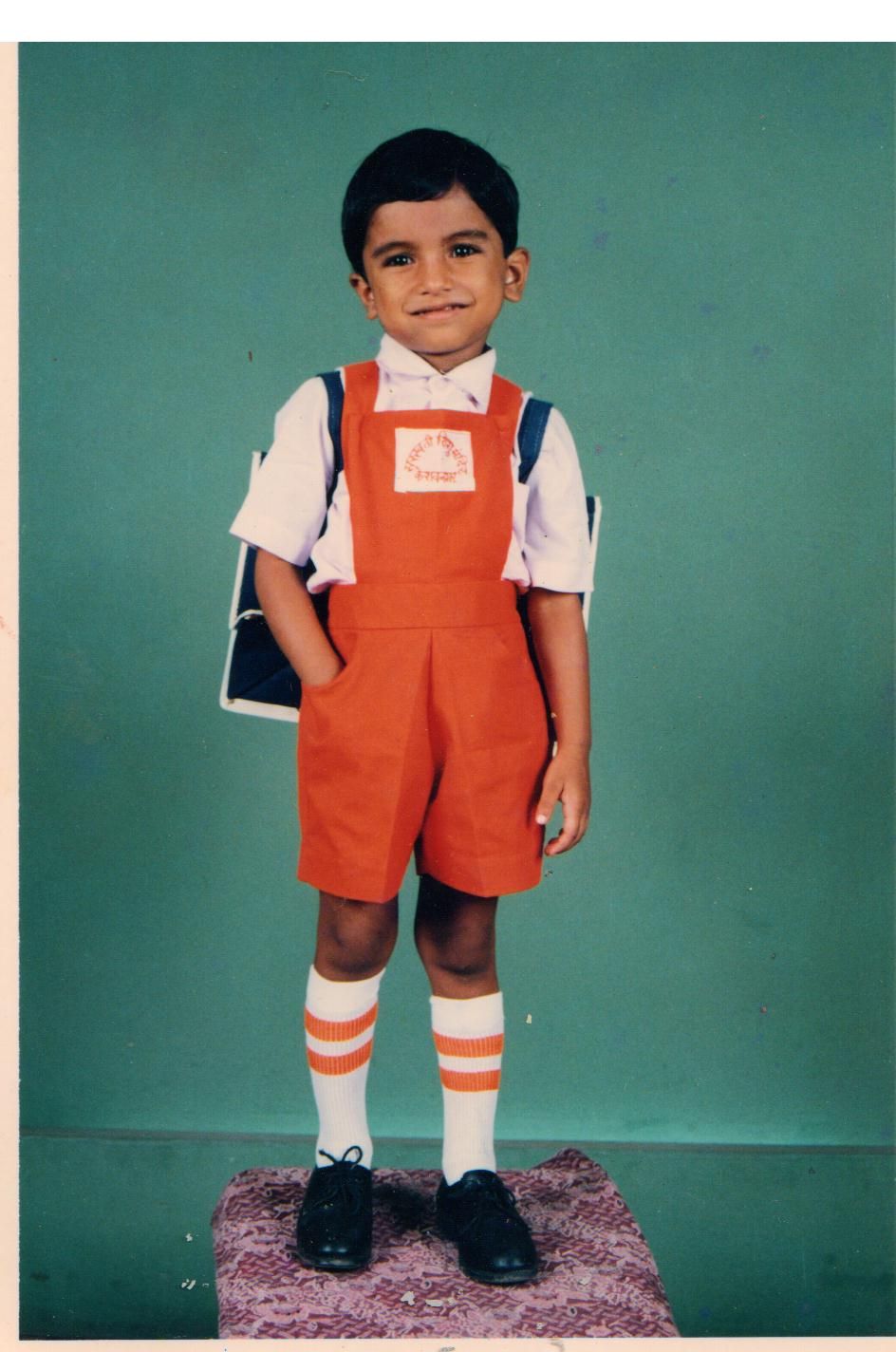
SS: What would you recommend to players who would like to improve their endgame?
SD: Dvoretsky’s Endgame Manual is a must for any player wanting to improve his endgame. Also, we should study games of great classical endgame players like Karpov, Andersson etc. This should improve our endgame understanding a lot. We can learn a lot from the games of players like Kramnik, Eljanov, to improve our endgame. Not to forget, solving endgame studies and positions is essential to improve our skills.
SS: You are a wonderful positional player, how did you become so good at it?
SD: As I said before, studying Karpov’s games had a great impact on me. Right from a young age I was attracted to positional chess and endgames. The other book which greatly improved my positional understanding was ‘Kramnik’s my life and games’. I was in love with this book! In addition, I used to play d4 since my childhood. When we study a lot of games in 1.d4, we learn many new positional patterns. I think majority of 1.d4 guys are positional players. I loved reading through Dvoretsky books on positional play. These books contributed to my positional understanding.
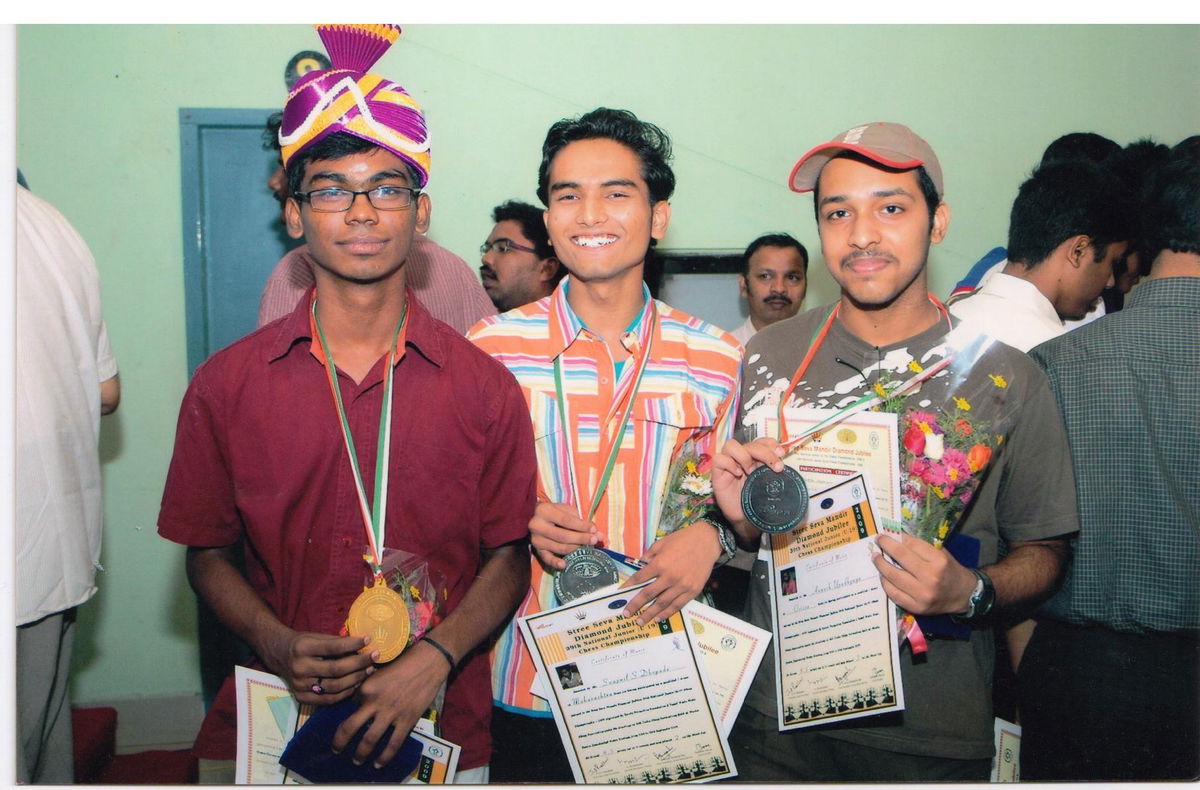
SS: And tactics. Is there something that you would like to suggest for improving players to get better at tactical play?
SD: Solving tactical positions is the best thing that can be done to improve tactics. I think the more patterns we accumulate, the better we keep getting at tactical play.
SS: What is your take on the first phase of the game? What do you think is the right level when a player should start focusing on opening?
SD: I think working on openings will always be beneficial, but the only thing is that when you are improving in initial stages, working on middlegame and endgame is much more important. Nowadays, I see many youngsters focusing on opening theory right from their childhood. This is not the right approach. I think one can start studying openings seriously after let’s say 2300 or after becoming an IM. In fact, I never made a proper opening file in ChessBase until I became an IM.
SS: Wow! That’s pretty late! How important do you think is physical fitness and how did you work on it?
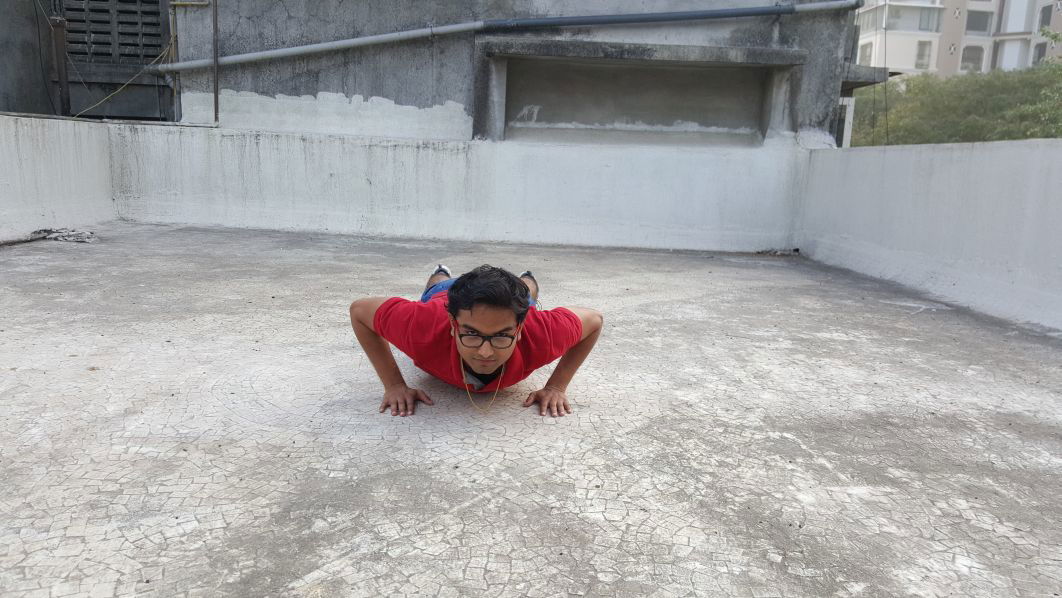
SD: Physical fitness is very important and it is an imperative asset for any professional chess player. The best example would be the current World Champion Magnus Carlsen. I think if we are physically fit we will have more energy during the game. It especially comes into effect when you need to grind down a long endgame in the fourth hour of play. Also when there are two rounds a day we should not lose our energy in the afternoon game. Due to these reasons, special attention should be given to fitness. I usually go for jogging or a brisk walk daily in evening. In the morning, I do some stretching and yoga. As far as spirituality is concerned, I was interested in it since my childhood. I used to read a lot of books of different spiritual institutions. It helped me a lot. When I lose a game I feel bad, but soon I come back to normalcy. When I win a game I feel happy and excited, but again I calm down quickly and focus on the next game. My spiritual readings help me to remain calm and normal no matter what the result of the game is. I am connected to the DadaBhagwan spiritual foundation for seven years now and it has helped me a lot.
SS: If I were to ask you to choose one favourite game from your entire chess career which one would it be?
SD: I think it would be my game against Murali Karthikeyan from National Challengers 2015. It was a crucial game, because it was the tenth round and he was in the lead and I needed to win the game to have any chances of winning the tournament, which I eventually did.
[Swapnil has recorded this entire game in the form of a video for all of you to enjoy. But before clicking the play button on the video beneath, here is a position that you should think on.]
Murali Karthikeyan - Swapnil Dhopade, position after 13 moves
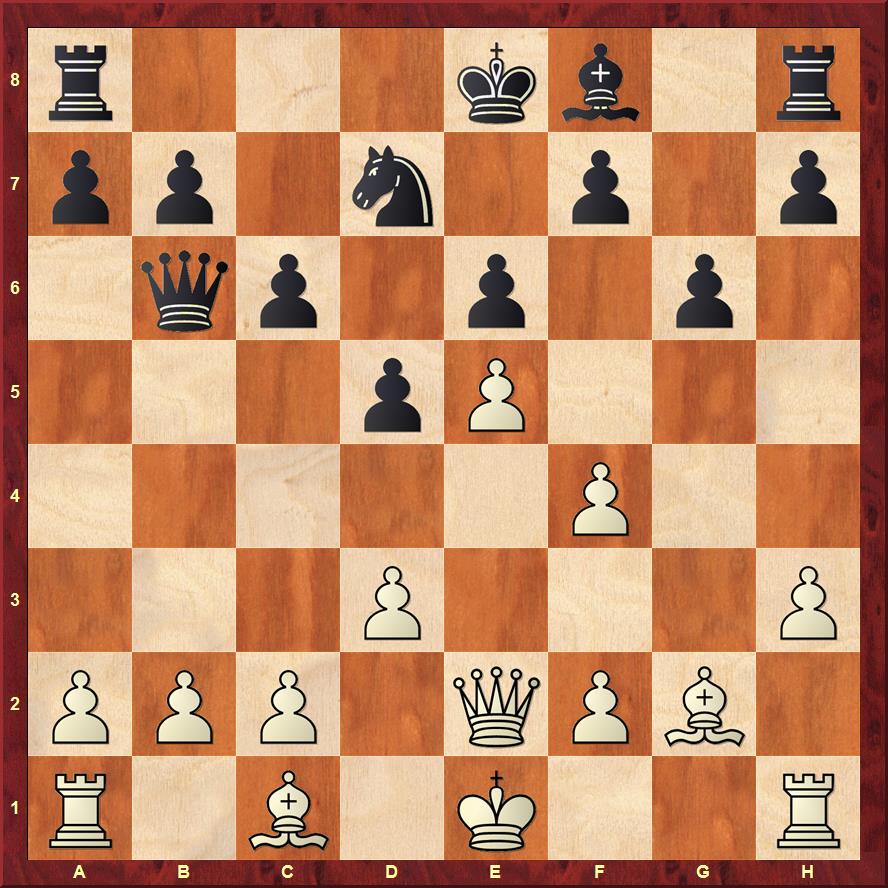
After you have thought over the above position, press the play button, make the video full screen, sit back and enjoy the 13 minute positional lecture from a grandmaster.
[Site "Nagpur"]
[Date "2015.08.24"]
[Round "10"]
[White "Karthikeyan, Murali"]
[Black "Swapnil, S Dhopade"]
[Result "0-1"]
[ECO "B11"]
[WhiteElo "2510"]
[BlackElo "2458"]
[PlyCount "120"]
[EventDate "2015.08.17"]
[EventType "swiss"]
[EventRounds "13"]
[EventCountry "IND"]
[Source "ChessBase"]
[SourceDate "2015.10.08"]
Nd7 9. h3 Bxf3 10. Nxf3 Nxf3+ 11. gxf3 e6 12. f4 g6 13. Bg2 Qd8 14. Be3 Nb6 15.
c4 Bb4+ 16. Kf1 Nc8 17. a3 Bf8 18. cxd5 cxd5 19. h4 h5 20. f5 gxf5 21. Bf3 Bh6
22. d4 Bxe3 23. fxe3 Ne7 24. Bxh5 f4 25. Bg4 Nc6 26. h5 Qg5 27. Rd1 fxe3 28.
Qf3 f5 29. exf6 Rf8 30. Kg2 Rxf6 31. Qg3 Rf2+ 32. Kh3 Ne7 33. Qh4 Qxh4+ 34.
Kxh4 Kd7 35. Rde1 Rg8 36. Kh3 Rf4 37. Rhg1 Rxd4 38. Rxe3 Nf5 39. Bxf5 Rxg1 40.
Rxe6 Rh1+ 41. Kg3 Rxh5 42. Re4+ Rxf5 43. Rxd4 Kd6 44. Rh4 Rf7 45. Rh8 Kc5 46.
Rd8 Kd4 47. a4 Ke4 48. b4 d4 49. a5 a6 50. Re8+ Kd3 51. Rc8 Ke3 52. Re8+ Kd2
53. Re5 d3 54. b5 axb5 55. Rxb5 Kd1 56. Kg2 d2 57. Rc5 Ke2 58. Re5+ Kd3 59.
Rd5+ Kc3 60. Rd8 Rf4 0-1
SS: What are your other hobbies apart from chess?
SD: I like to listen to music and watch movies. I also like reading books on various subjects, especially inspirational or motivational books. Also I play sports whenever I get a chance like badminton, cricket etc.
SS: Why did you join Indian Railways for a job? Did Railways help you in achieving your title or you would have reached there faster if you would not have been employed?
SD: I basically joined railways because my parents wanted me to. At the start I felt it would be a burden to go to office every day, sacrificing my morning practice session. But luckily my local office staff was really good so the workload wasn’t huge. Also my sports officers are very co-operative and encouraging. I think joining Railways wasn’t a bad decision. It also provided me with some financial assistance and security. Right now I am happy to be a part of Indian Railways. Whether I would have become a GM if I hadn’t joined is not easy to answer. Life is quite complicated!
SS: Who is your role model in chess?
SD: My role model is Vishy Anand. He has achieved so much in chess still he is always down to earth. I really appreciate this. I also like Kramnik a lot. I like his style of playing. ‘Kramnik’s My life and games’ is still one of my favourite books.
SS: What are your future plans – as a professional chess player or as a chess coach?
SD: Right now my only aim is to improve as much as I can as a professional chess player. I am focused on crossing 2600. I don’t have any plans of chess coaching yet.
SS: Is there any advice or message that you would like to give to all the chess players out there?
SD: Dream big guys! With proper work and dedication one can achieve their goals. There will be days when you will feel low, but don’t lose hope. Your work will bear fruit one day. And this might not apply to everyone but I guess it will for many - Don’t spend too much time on FB or Whatsapp!
SS: Thanks Swapnil for this interview. I am sure it will benefit many of the readers.
